Foot & Ankle Conditions
- Published 6/1/2018
- Last Reviewed 9/12/2024
Foot and Ankle Conditions and Treatments
University Foot and Ankle Institute is an internationally recognized leader in foot and ankle care, research and development of state-of-the-art treatments and technologies.
Even with world class surgeons, we ALWAYS try to avoid surgery since conservative non-invasive treatments work 70% to 95% of the time,
We take pride in offering the best care and state-of-the-art treatments in a professional, relaxing environment.
The Achilles is the largest and strongest tendon and is used whenever you move your foot. It can withstand 1,000 pounds of force, yet prone to injury.
Chronic ankle instability results from recurring sprains or one that didn't heal properly. The ligaments stretch or tear and it feels like it will "give way."
While there's no cure for arthritis, there are different treatment options. With proper medical care, many patients can manage pain and maintain an active live, often without surgery.
A bunion is (usually) when your big toe moves in the opposite direction of the long toe, creating a very noticable bump, pain and loss of function.
Calluses and corns are the thick, rough patches of skin that develop as a result of prolonged pressure or repetitive rubbing.
A cyst is a sac-like structure, typically filled with liquid caused by infection, trauma, or clogged oil glands. Plantar warts are rough, hardened growths on the soles of the feet.
Diabetes causes many conditions like Charcot Foot, neuropathy, ulcers, and infections. Diabetics experience nerve damage in their feet and often not aware of worsening conditions.
Flat foot and cavus foot (high arches) are used to describe several complex foot disorders, each with its own causes and symptoms.
If left untreated, foot ulcers can lead to severe infections, serious complications and even amputation.
Fractures are breaks in the bone and vary from a tiny crack to a shattering break. Early treatment can greatly decrease the risk of permanent damage.
World-class care is
just a call or click away.
A hammer toe is a muscle imbalance around the toe joints which causes the toe to bend, pushing it upward in a claw-like position. It will never get better without intervention.
To properly address your heel pain, we first need to determine the cause. There are many potential causes of heel pain and each requires a different type of treatment or intervention.
Metatarsalgia describes a variety of symptoms that, most often, cause ball of foot pain. There are many causes that contribute to this condition.
A neuroma is a benign growth or inflamed nerve. In the ball of the foot, it's called Morton’s Neuroma. The pain it causes feels like you're walking on a pebble.
Our physicians understand the special circumstances involved in the treatment of children and their developing and growing bones, joint, and tendons.
Plantar Fasciitis (heel pain) is when the plantar fascia (the thick band of tissue on the bottom of your foot) is swollen or inflamed and can be very painful.
The plantar plate is a strong ligament on the bottom of the foot and keeps toes in their joint and prevents them from drifting. Injuries are also called "Ball of Foot Pain."
These rough, hardened warts grow in the outer layers of skin, usually appearing on the heels or balls of the feet.
Athletes' feet endure significant stress, making them particularly prone to injuries. Not seeking proper medical attention can worsen the injury and cause permanent damage.
Even toenails are susceptible to disease, infection, or injury. Calluses and corns are the thick, rough patches of skin that develop as a result of prolonged pressure.
While not as prevalent as typical foot issues, less common foot and ankle conditions can significantly impact an individual's mobility and quality of life.
 My husband recommended Dr. Briskin to consult about my foot. I'm glad I went. I like Dr. Briskin, he is honest and straight to ...Christine F.
My husband recommended Dr. Briskin to consult about my foot. I'm glad I went. I like Dr. Briskin, he is honest and straight to ...Christine F. Good diagnostics and explanation. Both Dr and staff meet my first 5 minute rule.Alvin L.
Good diagnostics and explanation. Both Dr and staff meet my first 5 minute rule.Alvin L. The very Best!Antoinette O.
The very Best!Antoinette O. Very satisfiedJay G.
Very satisfiedJay G. Dr. Baravarian helped me with a path out of debilitating ankle pain to enjoy my activities again!Emmy M.
Dr. Baravarian helped me with a path out of debilitating ankle pain to enjoy my activities again!Emmy M. Just Thank you! All is always the best services . Highly recommend.Ingrid F.
Just Thank you! All is always the best services . Highly recommend.Ingrid F. Excellent people. Excellent care.Bradley S.
Excellent people. Excellent care.Bradley S. Was lucky to be referred to Dr. Babak Baravarian in Oct.2010 by my " Podiatrician " cousin. She told me good words about him an...Mahkameh S.
Was lucky to be referred to Dr. Babak Baravarian in Oct.2010 by my " Podiatrician " cousin. She told me good words about him an...Mahkameh S. The personal me trata con respeto mi doctor está tratando de que aser lo mejor para mi perdona graciasArmando T.
The personal me trata con respeto mi doctor está tratando de que aser lo mejor para mi perdona graciasArmando T. 100% satisfiedJames R.
100% satisfiedJames R. Hate these surveys.Rebecca A.
Hate these surveys.Rebecca A. Dr. Nalbandian provided a good understanding of my options and will follow up in 3 months to see how I am doing and what I shou...William B.
Dr. Nalbandian provided a good understanding of my options and will follow up in 3 months to see how I am doing and what I shou...William B.
-
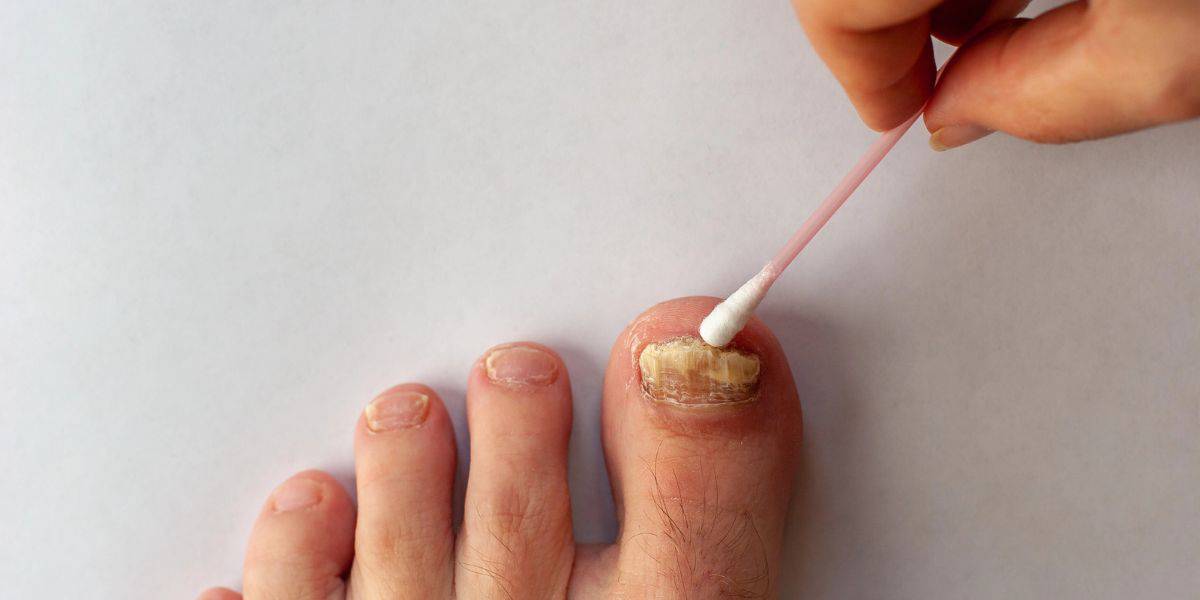 Listen Now
What To Do When Your Toenail Is Falling Off
Read More
Listen Now
What To Do When Your Toenail Is Falling Off
Read More
-
 Listen Now
15 Summer Foot Care Tips to Put Your Best Feet Forward
Read More
Listen Now
15 Summer Foot Care Tips to Put Your Best Feet Forward
Read More
-
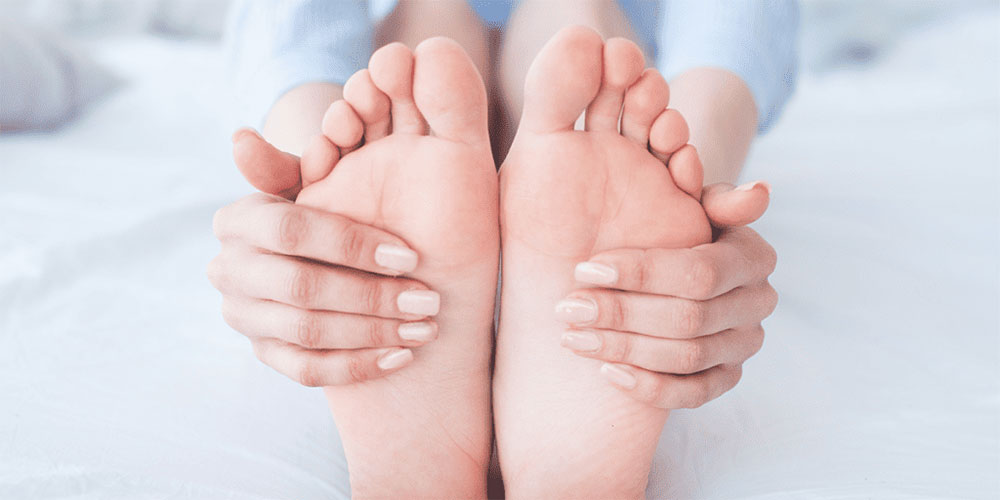 Listen Now
Why Are My Feet Different Sizes? It's More Common Than You Think
Read More
Listen Now
Why Are My Feet Different Sizes? It's More Common Than You Think
Read More
-
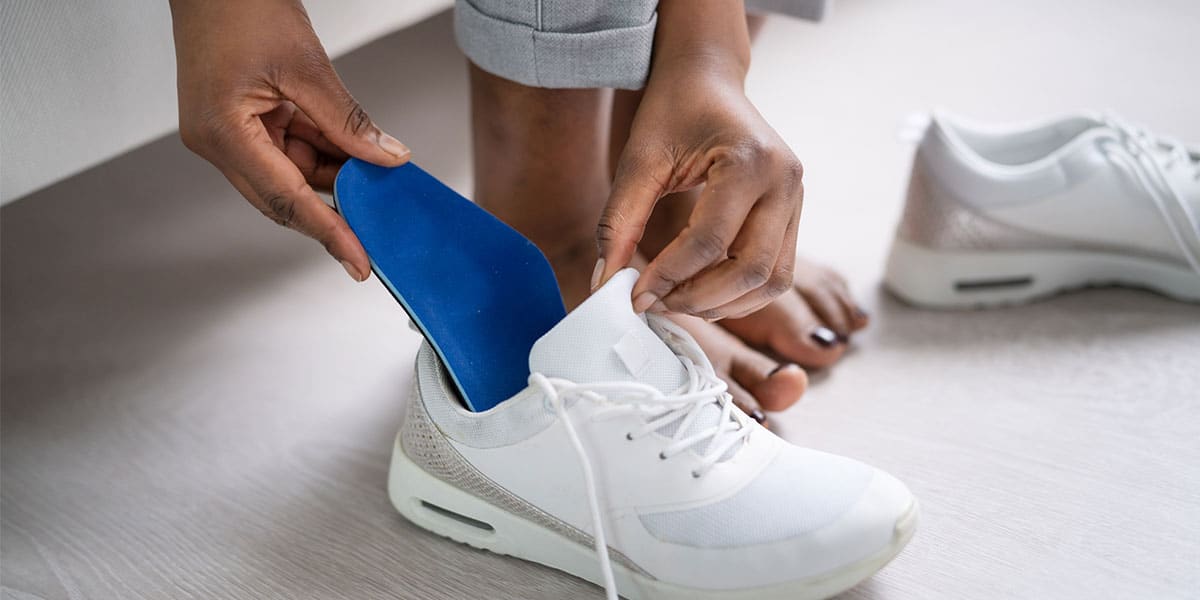 Listen Now
Custom Orthotics vs. Over-the-Counter Inserts: Which Are Best for Your Feet?
Read More
Listen Now
Custom Orthotics vs. Over-the-Counter Inserts: Which Are Best for Your Feet?
Read More
-
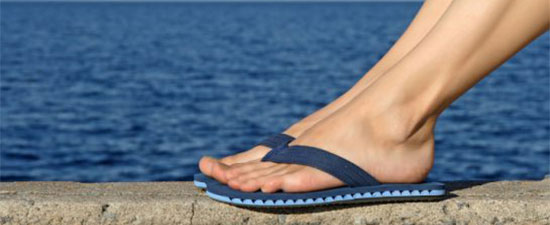 Listen Now
Flip-flops Causing You Pain? Protect Your Feet This Summer!
Read More
Listen Now
Flip-flops Causing You Pain? Protect Your Feet This Summer!
Read More
-
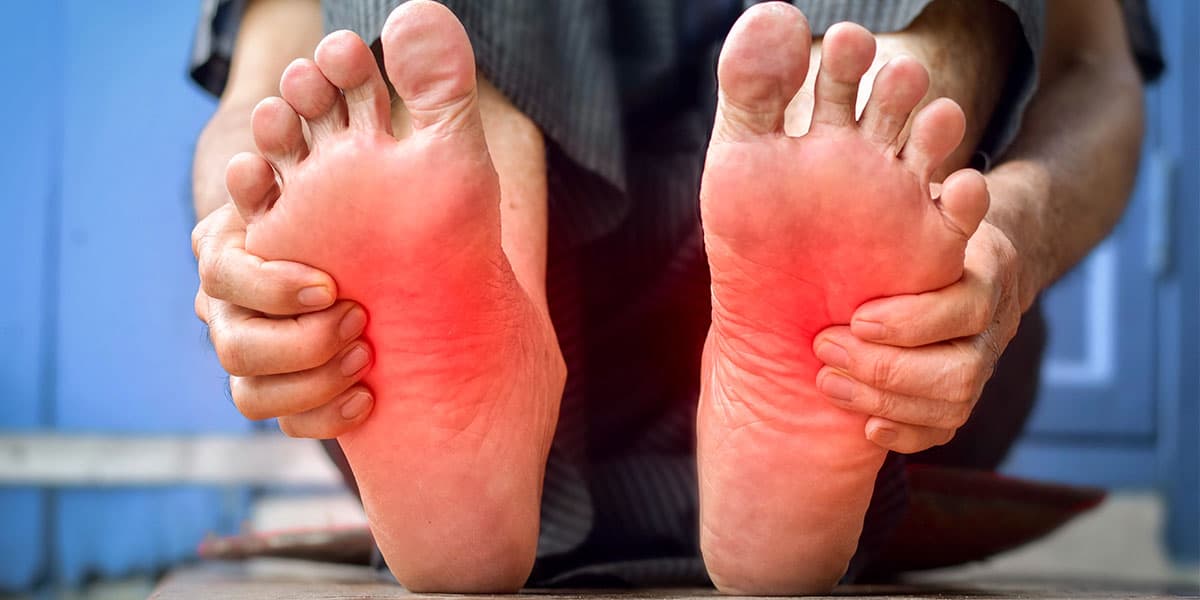 Listen Now
What Is Erythromelalgia?
Read More
Listen Now
What Is Erythromelalgia?
Read More
-
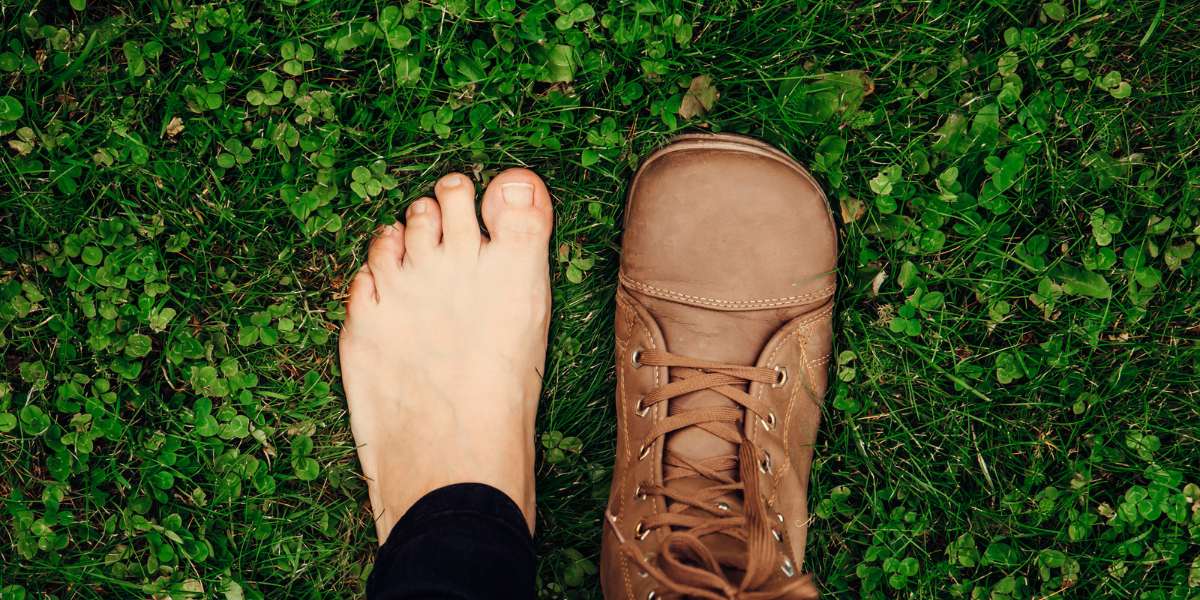 Listen Now
How To Tell If You Have Wide Feet
Read More
Listen Now
How To Tell If You Have Wide Feet
Read More
-
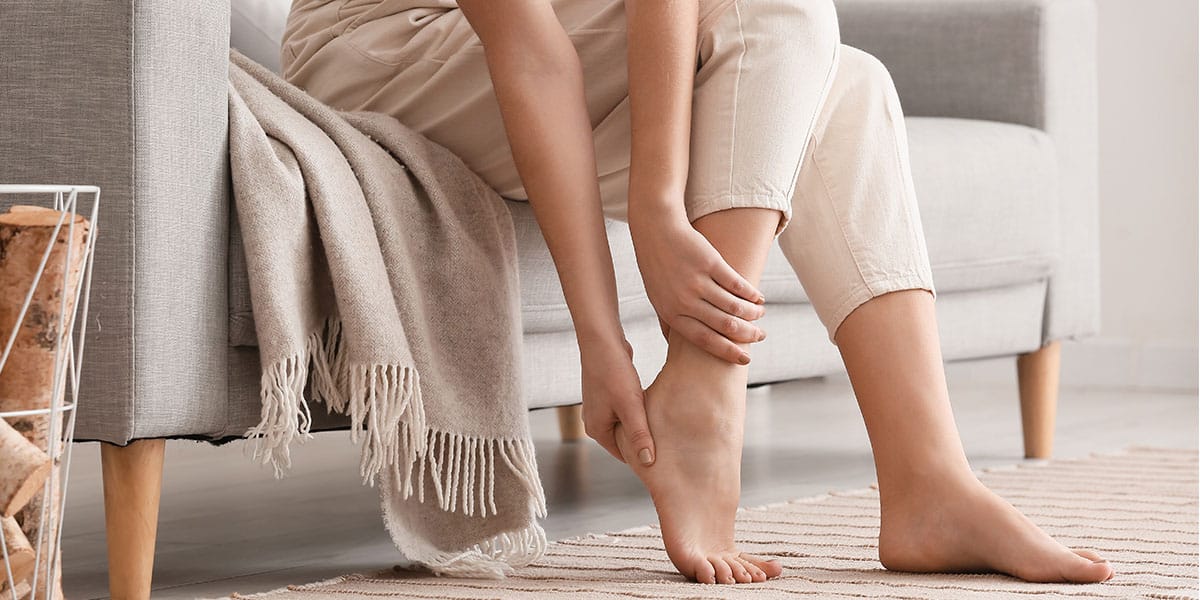 Listen Now
The Link Between Foot Health and Posture
Read More
Listen Now
The Link Between Foot Health and Posture
Read More
-
 Listen Now
Swollen Feet During Pregnancy
Read More
Listen Now
Swollen Feet During Pregnancy
Read More
-
 Listen Now
Do Blood Pressure Medicines Cause Foot Pain?
Read More
Listen Now
Do Blood Pressure Medicines Cause Foot Pain?
Read More
-
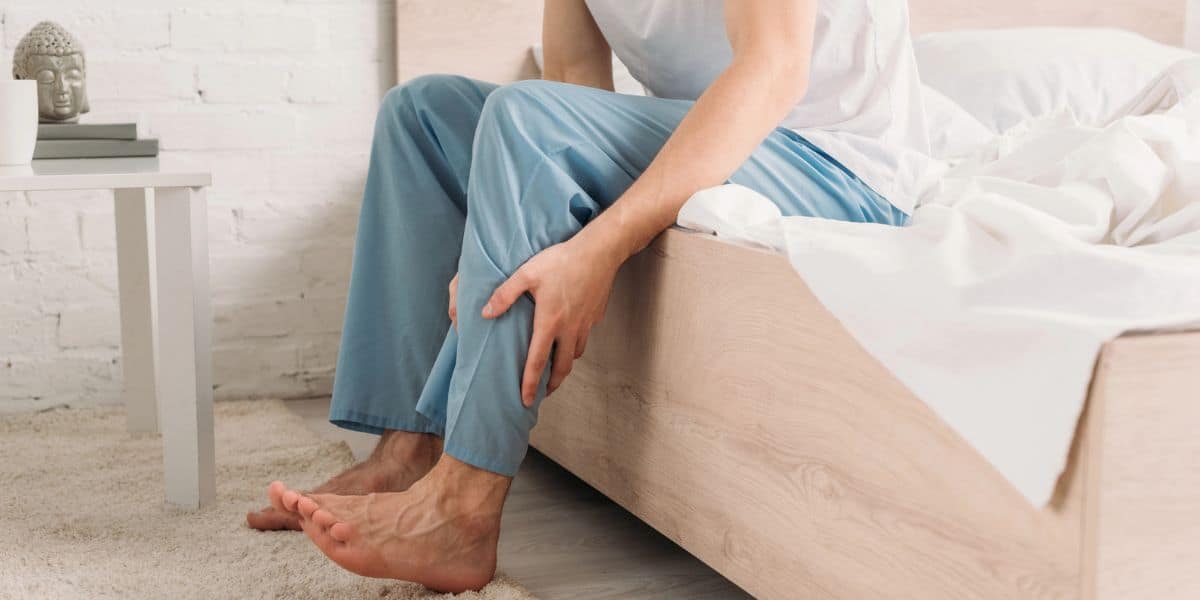 Listen Now
What Are Shin Splints?
Read More
Listen Now
What Are Shin Splints?
Read More
-
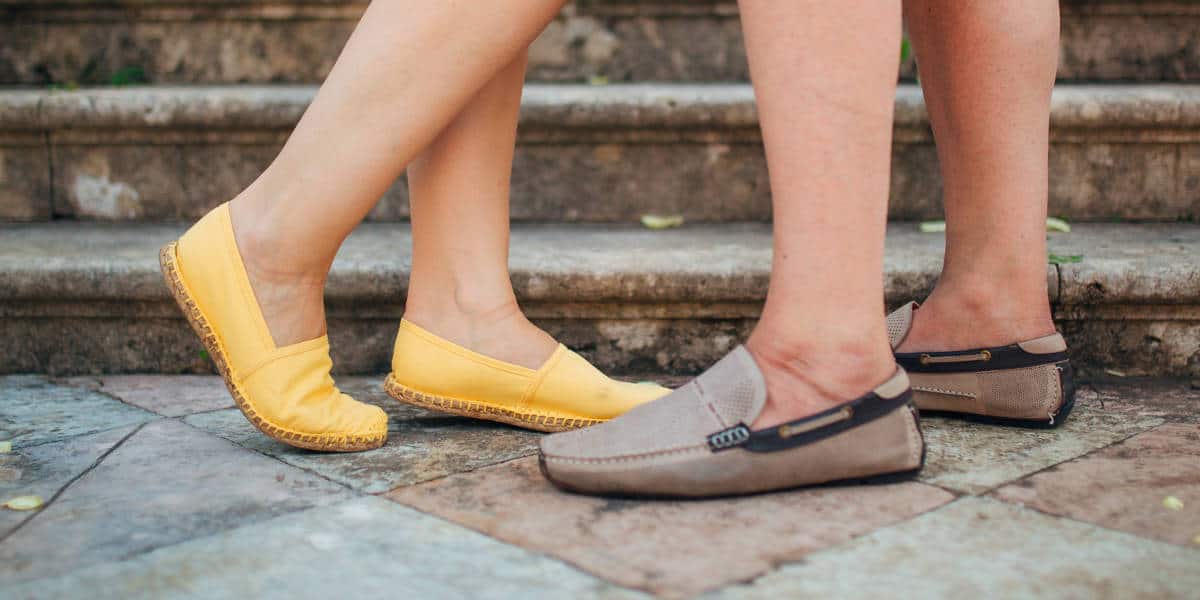 Listen Now
Revealing the Secrets of Men's and Women's Shoe Sizes: Why Are They Different?
Read More
Listen Now
Revealing the Secrets of Men's and Women's Shoe Sizes: Why Are They Different?
Read More
-
 Listen Now
How Many Steps Do I Need A Day?
Read More
Listen Now
How Many Steps Do I Need A Day?
Read More
-
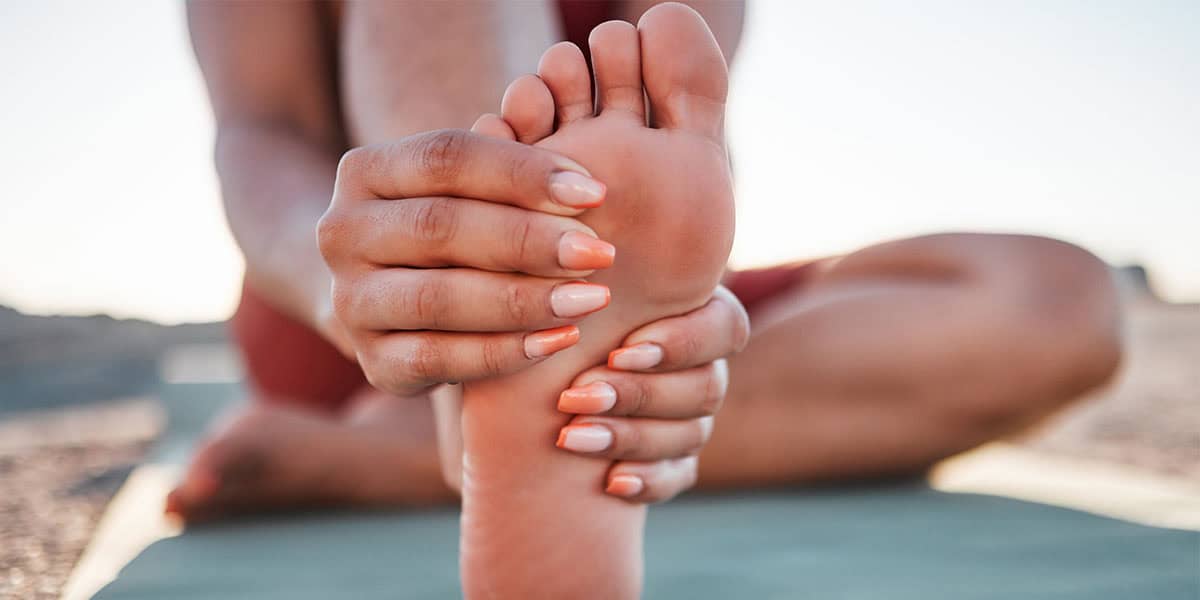 Listen Now
Could Feet Be the Windows to Your Health?
Read More
Listen Now
Could Feet Be the Windows to Your Health?
Read More
-
 Listen Now
Is Foot Analysis Better than Horoscopes? What Do Your Toes Reveal About Your Personality?
Read More
Listen Now
Is Foot Analysis Better than Horoscopes? What Do Your Toes Reveal About Your Personality?
Read More














